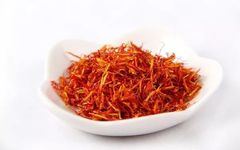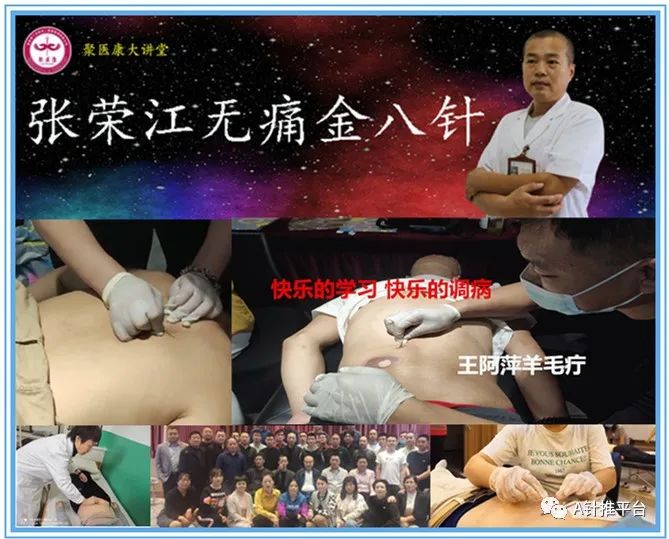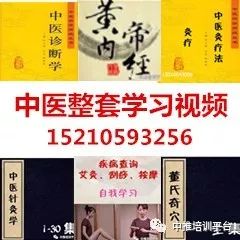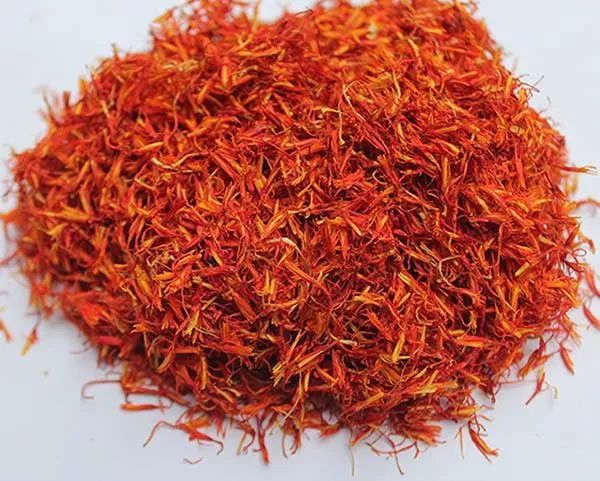
Honghua (Safflower)
Honghua, the name of a traditional Chinese medicine, refers to the dried flowers of the plant Carthamus tinctorius, belonging to the Asteraceae family. The flowers are harvested in summer when they change from yellow to red, and are then dried in the shade or under sunlight. It is widely cultivated across the country. Honghua is known for its ability to invigorate blood circulation, regulate menstruation, and alleviate pain. It is used for conditions such as amenorrhea, dysmenorrhea, retained lochia, abdominal masses, chest pain, abdominal pain due to blood stasis, and injuries from falls.
Honghua Images
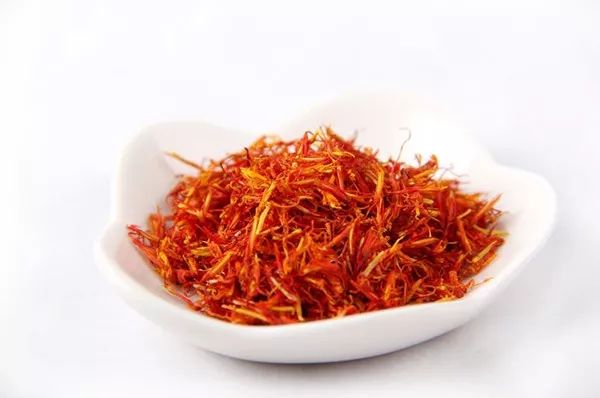
Honghua Images
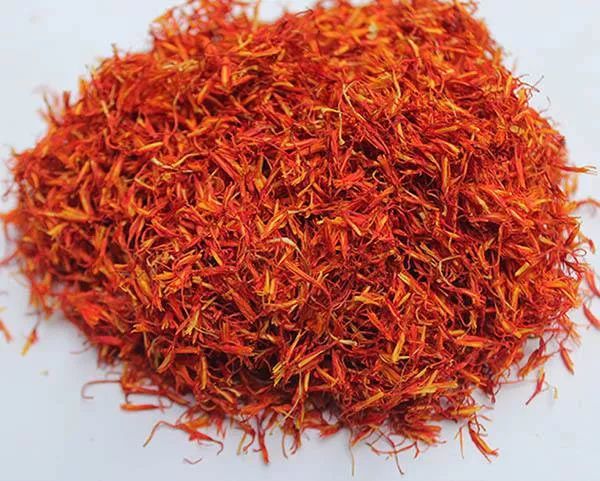
Honghua Traditional Chinese Medicine Images

Honghua Plant Images
Honghua Overview
Herb Name: Honghua
Pinyin: Hónɡ Huā
Alias: Red and Blue Flower, Spiny Safflower, Grass Safflower
Source: This product is the dried flower of the plant Carthamus tinctorius. The flowers are harvested when they change from yellow to red in summer, ensuring not to damage the base ovary, and are then dried in the shade or with gentle heat. The best quality is soft and deep red. (Harvesting should be done in the morning before the dew dries and when the bracts are soft, but not too early.)
Characteristics: The product consists of tubular flowers without ovaries, measuring 1-2 cm in length. The surface is reddish-yellow or red. The flower tube is elongated and 5-lobed at the tip, with lobes that are narrow and 5-8 mm long. There are 5 stamens, and the anthers are tubular and yellowish-white; the stigma is long and cylindrical with a slightly bifurcated tip. The texture is soft, with a faint fragrance and a slightly bitter taste.
Chemical Components: Honghua contains carthamin and safflower glycoside. Safflower glycoside, when hydrolyzed with hydrochloric acid, yields glucose and safflower yellow. It also contains 15α, 20β-dihydroxy-Δ4-pregnene-3-one. Additionally, it contains fatty oils known as safflower oil, which are glycerides of palmitic acid, stearic acid, arachidonic acid, oleic acid, linoleic acid, and linolenic acid. The leaves contain luteolin-7-glucoside.
Properties: Pungent in flavor, warm in nature.
Meridians Entered: Heart and Liver meridians.
Storage: Store in a cool, dry place, protected from moisture and pests.
Contraindications: Use with caution in pregnant women.
Efficacy of Honghua
Invigorates blood circulation, regulates menstruation, and alleviates pain. It is used for amenorrhea, abdominal masses, difficult labor, stillbirth, postpartum lochia retention, and pain due to blood stasis, as well as for abscesses and injuries from falls.
Functions of Honghua
1. Effects on the Uterus: The decoction has stimulating effects on the isolated and in situ uteri of mice, guinea pigs, rabbits, dogs, and cats, although weaker than that of saffron decoction. Early pharmacological studies on Honghua have reported various unverified results.
2. Effects on the Circulatory System: The decoction has properties similar to saffron decoction, exhibiting hypotensive and cardiac inhibitory effects on anesthetized animals, though weaker. In isolated rabbit ear specimens, it has a vasoconstrictive effect. The water-soluble portion of the Danxin No. 2 formula (Danshen: Honghua: Chishao: Chuanxiong: Jiangxiang = 2:1:1:1:1) has a dilating effect on the coronary artery (measured by an electromagnetic flowmeter) and femoral artery in dogs; however, it had no effect on myocardial ischemia induced by posterior pituitary extract when administered to rats for four consecutive days. Additionally, a 10 mg/kg intravenous injection of Honghua aqueous extract increased coronary flow in anesthetized dogs to a certain extent. The aqueous extract had no significant effect on blood pressure, while the ethanol extract (100-300 mg/kg) caused a decrease in blood pressure. It also enhanced hypoxia tolerance in mice (by placing them in a 250 ml sealed wide-mouth bottle and observing the time until death).
3. Other Effects: In rabbits with hypercholesterolemia, oral administration of safflower oil (1 g/kg/day) reduced serum total cholesterol, total lipids, and triglycerides. Oral administration of the Danxin No. 2 formula extract (10 ml/animal/day) significantly lowered serum cholesterol, triglycerides, and β-lipoprotein levels in experimental atherosclerotic rabbits, as well as reduced total cholesterol and total lipid levels in the aortic wall. The area and thickness of atherosclerotic plaques in the aortic wall, as well as lesions in the anterior descending coronary artery and small intramyocardial arteries, were also alleviated, indicating a tendency for plaque regression. However, biochemical and morphological observations did not show significant statistical differences. Safflower oil also stimulates certain smooth muscle organs such as the intestines and bronchi. The Danxin No. 2 formula has an inhibitory effect on isolated rat ileum and can antagonize acetylcholine-induced intestinal spasms. The toxicity of Honghua is much lower than that of saffron: when 6% safflower powder was mixed into the feed of mice for over a month, no weight loss was observed; however, when increased to 8-10%, weight loss occurred, and at 15%, it caused death. In contrast, saffron mixed at 2% caused weight loss in mice after one month, with increased amounts leading to death.
Usage of Honghua
Internal use: 3-9 g. — “Chinese Pharmacopoeia”
Internal use: Decoction, 1-2 qian; can be used in powder or wine infusion, fresh ones can be juiced. — “Dictionary of Traditional Chinese Medicine”
External use: Ground into powder and sprinkled. — “Dictionary of Traditional Chinese Medicine”
Internal use: Decoction, 3-10 g. Nourishing blood and promoting blood circulation should use less; invigorating blood and dispelling stasis should use more. — “Compendium of Chinese Materia Medica”
Honghua Formulas
Note: The following formulas should be used under the guidance of a physician.
1. For women with obstructed menstruation, such as blood stasis:
Honghua (finely chopped), Su Fangmu (crushed), and Danggui in equal parts. Finely chop, use one liang with 1.5 liters of water, first decoct the flowers and wood; then add one cup of wine and Danggui, decoct again, and take warm before meals. (“Zhu’s Collection of Verified Medical Formulas”)
2. For stillbirth due to heat disease:
Honghua wine decoction, drink two to three cups. (“Supplement to the Good Prescription for Women”)
3. For retained placenta:
Honghua wine decoction, drink two to three cups. (“Collection of Verified Formulas for Lactation”)
4. For women with various types of wind and abdominal blood stasis pain:
One liang of Honghua and Blue Flower. Use one large sheng of wine, decoct until reduced by half, take half at once, and if pain persists, take again. (“Jinkui Yaolue” Honghua and Blue Flower Wine)
5. For all types of swellings:
Honghua, crushed and juiced. (“Secret Formulas from the Outer Chamber”)
6. For throat obstruction and blockage:
Honghua and Blue Flower, juice one small sheng, take as needed. If there is no moisture in winter, use dried flowers to soak and extract juice as before. (“Verified Formulas from the Sea”)
7. For chronic ear discharge with foul odor:
One fen of Honghua and one liang of white alum (burnt to ash). Grind the above ingredients into a fine powder, use a small amount in the ear. (“Shenghui Formulas”)
8. For injuries from falls and wall crushes:
One fen of Chuanma, two fen of Mu Xiang, three fen of Honghua, and four fen of Licorice. All used raw, ground into powder, and taken with yellow wine. (“Emergency Formulas”)
9. For bedsores:
Appropriate amount of Honghua, soaked in wine for external application. (“Yunnan Chinese Herbal Medicine”)
|
Click the icon to view |
|||
|
|
|
|
|
| Disease Inquiry | Free Live Broadcast | Clinical Videos | Medical Treasure Trove |
Click below to read the original text and scan the QR code to learn acupuncture and bone setting for free

